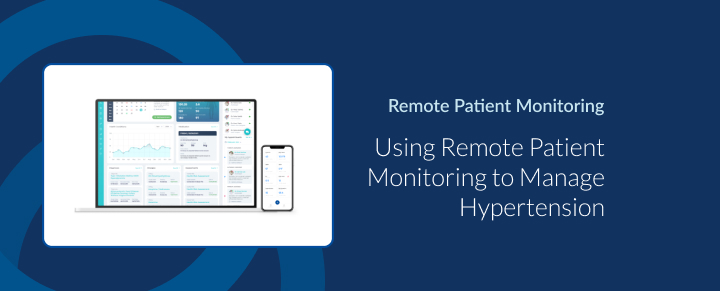
High blood pressure is one of the most common public health concerns in the United States and is a prominent risk factor for stroke, cardiovascular disorders, kidney diseases, heart attack, and several other conditions.
According to statistics from the Centers for Disease Control and Prevention, it affects about 47% of people in the U.S., which comes up to about 116 million Americans. It caused nearly 500,000 deaths in 2018 alone, where hypertension was listed as the contributing or primary cause of death. In 2019, it was listed as the primary cause of death for almost 517,000 people. The treatment cost for this disease is paramount and costs the U.S. healthcare system more than $130 billion annually.
Remote patient monitoring for hypertension plays a significant role in providing healthcare professionals with a chance to intervene more promptly and prevent a manageable condition from becoming a health emergency that may require hospitalization.
RPM plays a significant role in hypertension management for patients and healthcare providers by enabling them to make informed decisions based on statistics and trends. They can be alerted in real-time whenever a blood pressure reading fluctuates from a patient’s ideal range. When alerted, they can contact the patient or their family to try to comprehend what may have caused the fluctuation and which steps should be taken to bring their blood pressure back under control.
Simply put, remote blood pressure patient monitoring allows healthcare providers to treat their patients proactively and promptly.
As healthcare organizations become comfortable with their RPM platforms, they can also add devices and collect more data to improve care management. Adding a weight scale and activity tracker allows providers to track a patient’s weight and exercise, perhaps even heart rate and sleep quality. Doing so adds even more detail to a patient’s daily life, offering more opportunities for the patient and provider to identify the causes of hypertension and recommendations for managing the condition.
